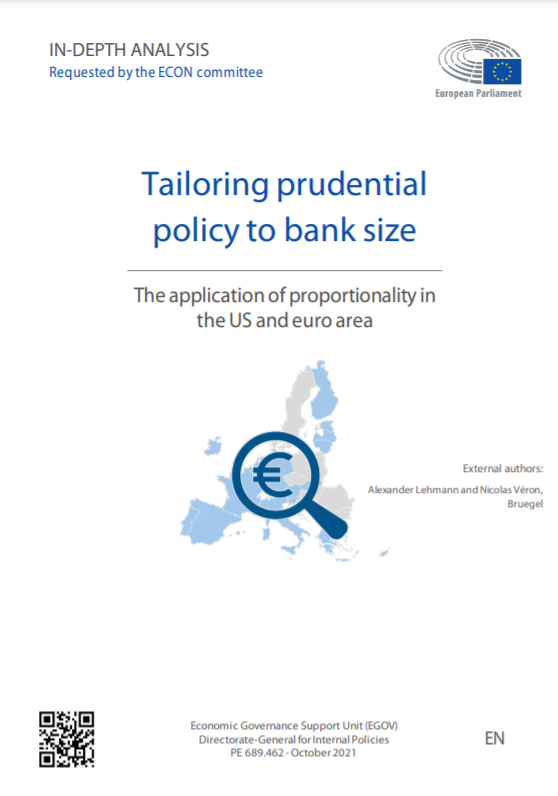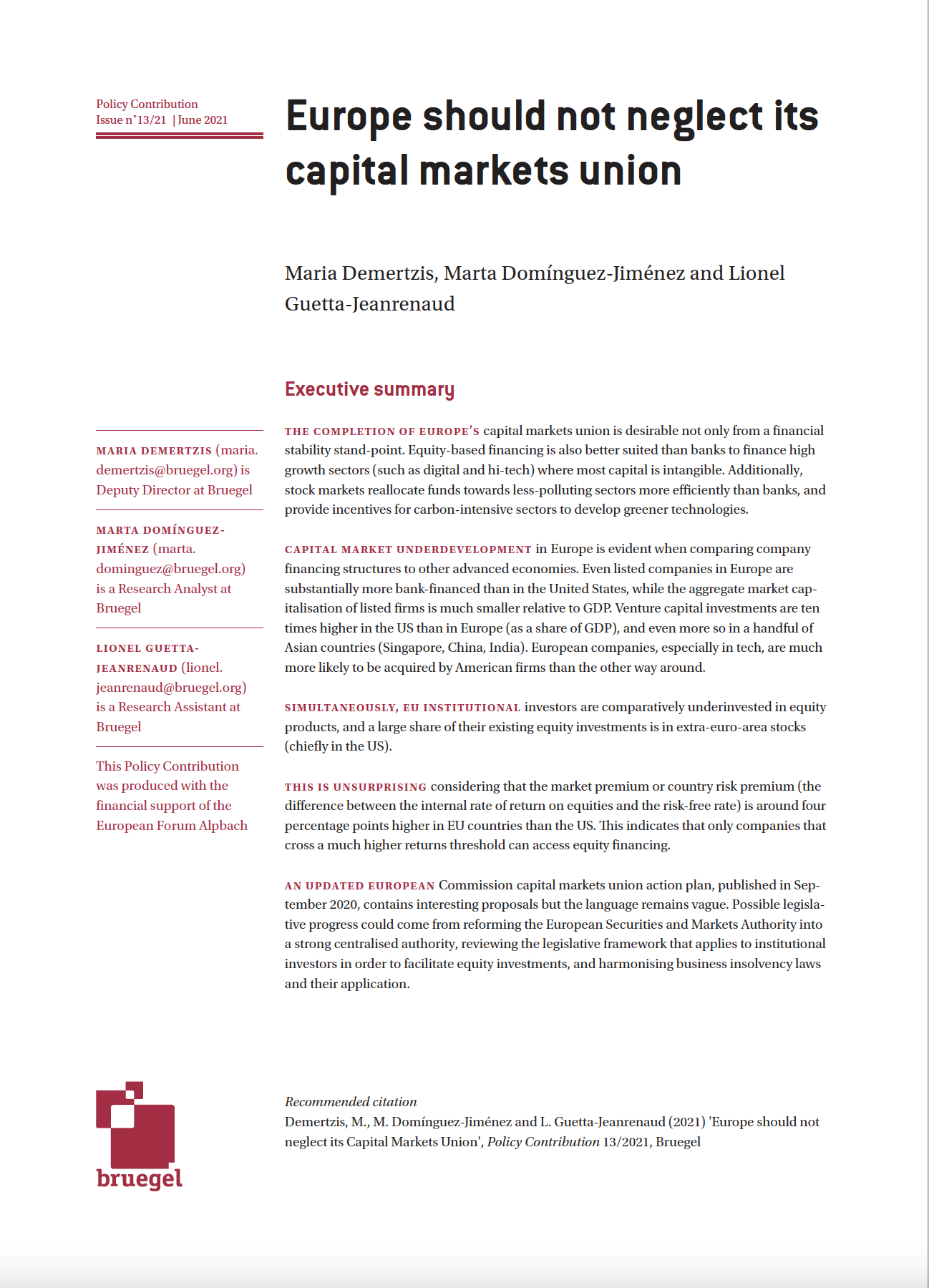Blog Post
How could voter turnout influence US elections outcome?
Voting is a central pillar of democracy. The US consistently scores lower than other Western democracies in voter turnout. The authors analyse the possible changes in elections outcome, should the under-represented groups vote.
Voting is a central pillar of democracy. The US consistently scores lower than other Western democracies in voter turnout (see www.idea.int). According to US Census data[1], only about 61% of the eligible population (i.e. US citizens above 18 years old) [2] actually voted in the last presidential elections of 2016. Most of the drop-out is due to registration: only 70% of eligible citizens registered to vote; of those registered, 87% reported having voted. In mid-term elections, the voting rates are typically even lower than in the presidential elections.
The aim of this blog post is to assess how voter turnout rate may impact US election results. To this end, we assess two things: (i) whether certain segments of the eligible population are significantly more/less likely to vote; and (ii) whether the parts of the population that are more/less likely to vote are voting differently from the rest of the voters.
Various population cohorts (gender, race and ethnicity, age, education, income, rural-urban classification) exhibit different voting turnout[3]. Young voters are under-represented in the vote compared to old ones. White US citizens are over-represented while African-American and Hispanic citizens tend to have lower voter turnout. The rural population is over-represented in the voting population, compared to the urban population. Gender and income, in contrast, show only relatively minor differences between the voter and the eligible population. In terms of education, there is a moderate under-representation of the group with low levels of education.
The eligible citizens who are significantly less likely to vote are predominantly young, Hispanic and urban-dwelling. The differences for gender, income and education are less significant.
But how strongly would this different voting-turnout behaviour – especially according to age, race and ethnicity, and rural/urban classification – affect actual election results?
In the 2016 presidential elections, substantial differences in voting behaviour could be seen according to age, race and ethnicity, and the rural-urban divide. The young segment (18-29) tended to vote for Hillary Clinton, while the older group (>65, but also 50-64) tended to vote for Donald Trump. White people voted for Trump, while Hispanics and African-Americans tended to vote for Clinton. Cities voted for Clinton while the countryside voted for Trump.
The segments of the eligible population that are significantly more likely to vote (old, white, rural-based) voted significantly more for Trump than for Clinton in the 2016 presidential elections.
The voter turnout varying across population groups might therefore have an impact on the election outcome. To assess this impact, assumptions need to be made. In particular, we assume here that non-voters would have voted exactly how voters of their population group have voted. In other words, non-participation is orthogonal, i.e. independent of voting preferences. With this assumption, we calculate how many more votes Clinton would have got in 2016 if the population of voters looked exactly the same as the population of eligible voters[6],[7],[8].
As the figure below shows, the highest impact on popular voting outcome comes from the race and ethnicity bias. The impact of the rural-urban divide bias is of similar size and direction: Trump would suffer a 4% loss in votes if urban eligible voters were as likely to show up as rural voters and voted the same as those urban voters that did show up. With the effect of age, Trump would lose 2.6% of the popular vote.
With the upcoming mid-term elections, a key variable to watch will be the voter turnout – especially of the youth, non-whites and city-dwellers. It could well decide who will run the House and the Senate.
[1] Source: US Census Bureau, Current Population Survey, November 2016.
[2] Note that of the population above 18 registered at US Census, 91% have US citizenship. The citizenship ratio (i.e. the share of the population which holds citizenship) is much lower (69%) for Asian and Hispanics, compared to whites (93%) and African-Americans (94%).
[3] The voter population is based only on those voting for Clinton or Trump.
[4] Eligible and voting population data from US Census accessed through https://www.census.gov/data/tables/time-series/demo/voting-and-registration/p20-580.htm
[5] Trump and Clinton voting data from PEW data accessed through http://www.people-press.org/2018/08/09/for-most-trump-voters-very-warm-feelings-for-him-endured/
[6] To calculate the effects on election outcome, there is also the added issue to consider for the US presidential election system, namely that the geographic location of the voter bias will matter: particularly swing states will matter for the ultimate impact of any bias on the outcome. In the remainder of the analysis, we will ignore this swing-state-geography issue and only focus on the popular vote impact.
[7] Note that in this exercise we are not increasing the voter population; we are only redressing the misrepresentation of the voter population relative to the eligible population. As we are looking at a shift in a zero-sum setting, this implies that a win for one candidate will be a loss for the other.
[8] How good is this orthogonality assumption? What preferences do non-voters have? This requires a better understanding of the voter turnout behaviour. For more on this, see e.g. Gerber Alan, Hoffman Mitchell, Morgan John and Raymond Collin (2017). “One in a Million: Field Experiments on Perceived Closeness of the Election and Voter Turnout” NBER Working Paper No. 23071; or Feddersen Timothy and Sandroni Alvaro, “A Theory of Participation in Elections,” American Economic Review, 2006, 96 (4), 1271–1282. PEW’s post-2016 election survey found that non-voters were less likely than registered adults to identify with either Democrats or Republicans.
Republishing and referencing
Bruegel considers itself a public good and takes no institutional standpoint. Anyone is free to republish and/or quote this post without prior consent. Please provide a full reference, clearly stating Bruegel and the relevant author as the source, and include a prominent hyperlink to the original post.











